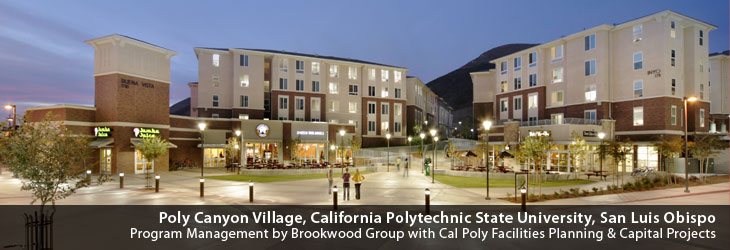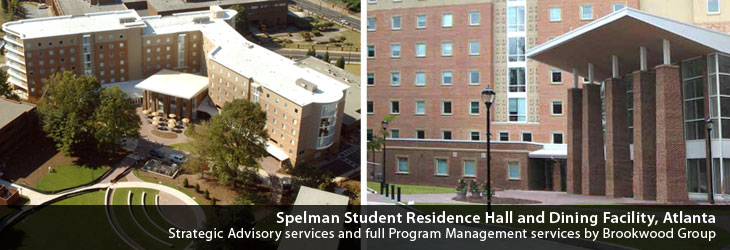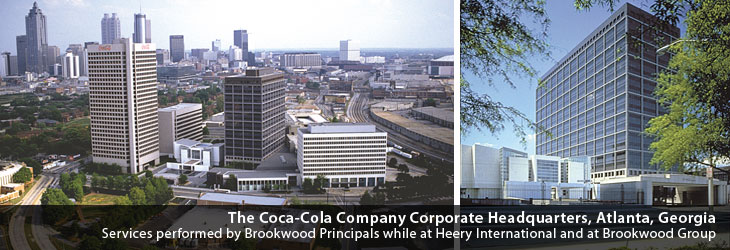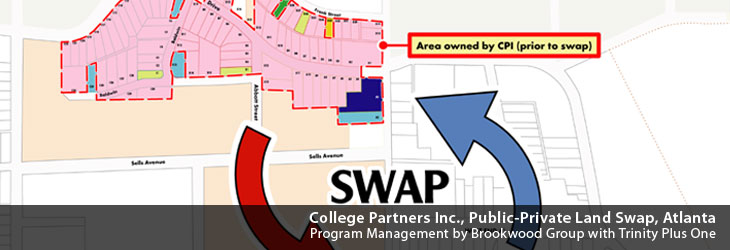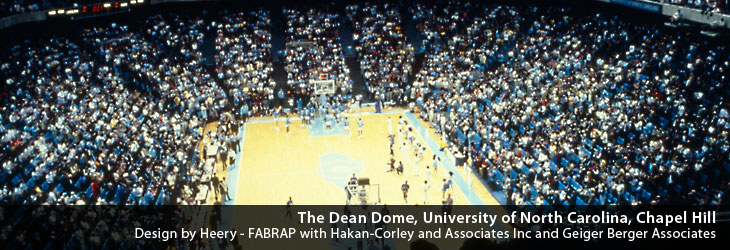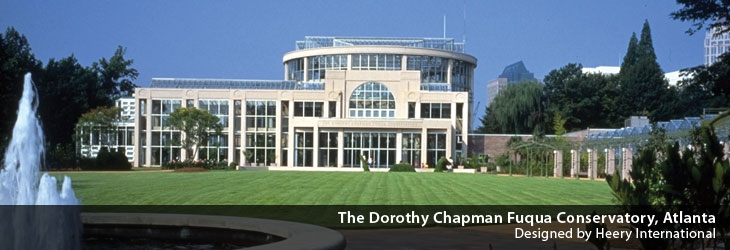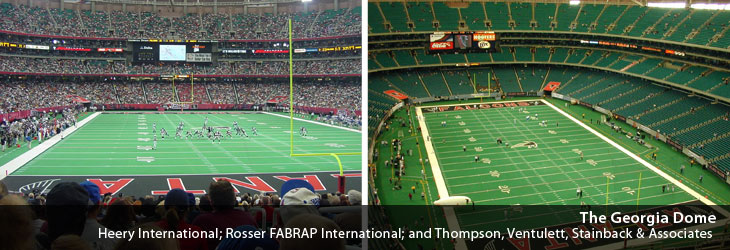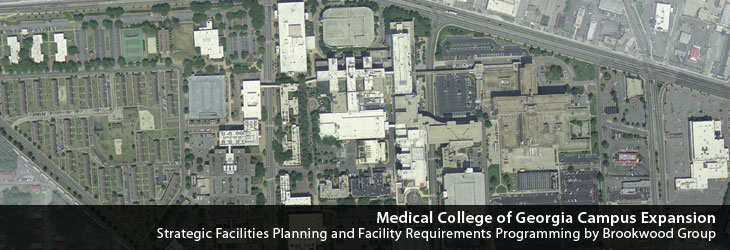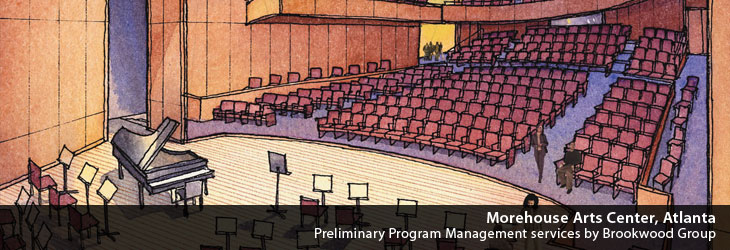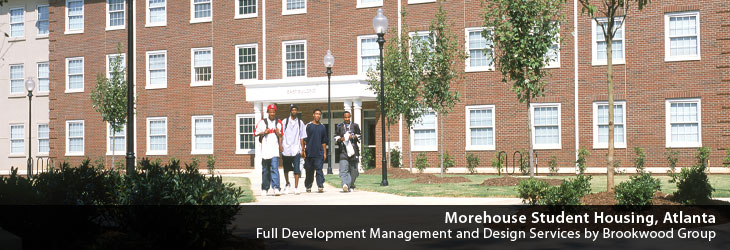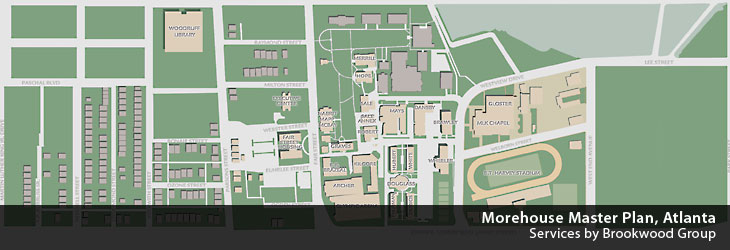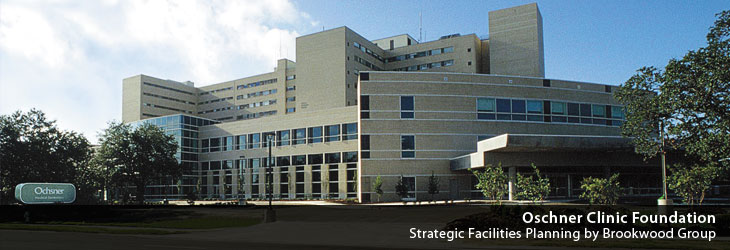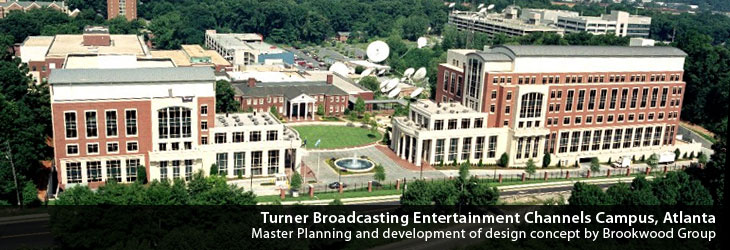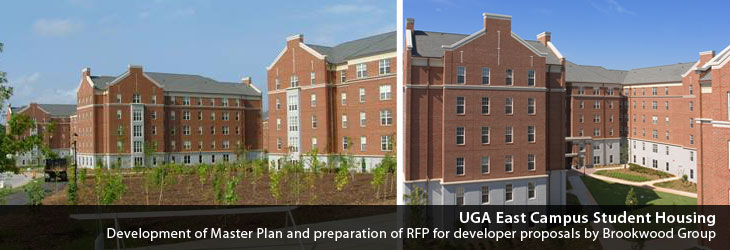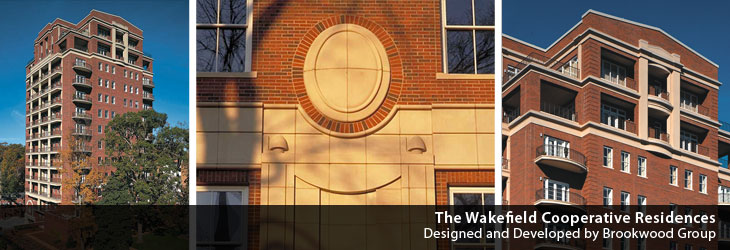George Heery, Sr. (June 18, 1927 – January 21, 2021)
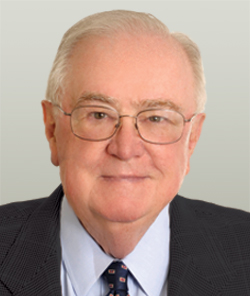
George Heery, Sr.
We celebrate the life of George Thomas Heery, Sr., a cofounder of Brookwood Group and Heery International – and an influential architect, author and mentor to many people around the world.
George passed away peacefully at his home in Atlanta on January 21, 2021 surrounded by family including the true love of his life, Maude Elizabeth Wood (“Betty”) Heery, to whom he was married for more than 70 years. He was 93.
He was tremendously appreciated and respected by his family, friends and professional colleagues and partners, a good many of whom, in fact, were his close friends or family members.
George was a loving husband, a fine brother to his two younger sisters, a wonderful father of four, and grandfather of seven grandchildren as well as an uncle and great uncle to many nieces and nephews.
George had a splendid sense of humor. He was open-minded, determined and driven in positive directions. He was a natural leader, setting great examples by his own conduct and actions. He also was a creative disruptor, thoughtfully challenging the status quo – well ahead of his time, especially in pressing for social equity – and, within his industry, consistently seeking new and cost-effective ways to improve performance, especially for the benefit of his clients in the realms of strategic planning, architecture and management of design and construction.
George lived life large. He truly was “A Man in Full” in the best sense of that phrase. He was born in Athens, Georgia and grew up in Atlanta and Decatur, Georgia.
In 1942 & 1943, he and his family lived in Silver Spring, Maryland where he attended Montgomery Blair High School while his father, architect, C. Wilmer Heery, Jr., was serving in Washington, D.C. with the Emergency War Housing Division of The Federal Housing Authority, the predecessor agency to the U.S. Department of Housing and Urban Development (“HUD”).
In 1944, at age 17 (with written permission of his parents as required for a minor), George enlisted in the United States Navy. He was trained as a shipboard anti-aircraft gun crew chief. He also was among many who practiced night-time amphibious assault landings (possibly in preparation for an attack within the Bay of Tokyo that, thankfully, never occurred). He observed his 18th birthday on-board a troop carrier transporting U.S. Marines and Navy Sailors through the Panama Canal as it begin its trip across the Pacific. Later, he served in the Philippines where his duties included being an air traffic control tower operator at Sangley Point.
Upon being honorably discharged from military service in 1946, George returned home to Athens, Georgia. A young veteran of World War II, he had an opportunity to serve as a math tutor for 17-year old Betty Wood. (That first tutoring session was suggested and arranged by their mothers.) From that point forward, their mutual interests expanded well beyond the field of mathematics.
Prior to George’s graduation from Georgia Tech, he and Betty were married on June 19, 1950 at the Emmanuel Episcopal Church in Athens, Georgia. The newlyweds honeymooned at Chimney Rock, North Carolina and then made their home in Atlanta, starting first at Georgia Tech’s married student housing apartments on North Avenue.
During and after his college years at Georgia Tech, George worked with several architectural firms including: Moskowitz, Willner & Milkey; Finch, Barnes & Pascal (both in Atlanta); and also his father’s architectural practice in Athens. In November of 1951, he became licensed to practice architecture in Georgia.
George and his father, architect C. Wilmer Heery, Jr., cofounded Heery & Heery, Architects in 1952. Initially, the firm had offices in Atlanta and Athens, Georgia. The firm served residential, commercial, industrial, educational and institutional clients.
In 1961, George became Heery & Heery’s Chief Executive Officer and went on to lead the firm, later known as Heery International, Inc., which grew into a 600-person, multi-disciplinary professional corporation with offices throughout the United States and Europe.
George led the design of many sports facilities, including major league stadiums in Atlanta, Cincinnati, Boston (Foxborough), and Buffalo, as well as collegiate stadiums and sports arenas, notably the Carrier Dome in Syracuse and the Dean Dome in Chapel Hill.
George and his colleagues designed and managed projects across a broad variety of sectors, including infrastructure, healthcare, corporate, and education. These projects and programs were executed around the country, from Florida to Alaska – and internationally, from Scotland to Portugal, Jordan to Japan.
From the 1970s, George maintained offices in New York City, after Heery & Heery was selected by Mayor Lindsay and the New York City Parks Department for thirteen innovative and highly accelerated projects including community swimming pools and related recreational centersLater, he led design work for the renovation of Rockefeller Center streetscapes. George spearheaded innovations in energy efficient design to the transformative redesign of Buckhead’s Peachtree corridor from urban highway to boulevard.
George loved to travel. He and his family also loved being in Highlands, North Carolina where they maintained a second home for many years.
While consistently committed to civic betterment in Atlanta, he and Betty and their two younger sons, Neal and George, Jr., enjoyed the opportunity to reside in the Knightsbridge area of London (England) during the late 1970s and early 1980s.
In 1986 George and his colleagues sold Heery International, Inc. to BICC, a British conglomerate that owned the Balfour Beatty Construction Company (of which Heery International, Inc. became an operating subsidiary). In accordance with the terms of the sale, George remained CEO of Heery International until early 1989. (Heery International Inc. is now part of CBRE, a worldwide real estate services firm. Most of the architectural studios of CBRE|Heery that were located throughout the USA became part of The S/L/A/M Collaborative in early 2020.)
In 1989, George retired from Heery International and promptly cofounded Brookwood Group together with his two partners including his son, San Francisco based developer, Shepherd (“Shep”) Heery (who had been employed for the previous seven years with Gerald D. Hines Interests), and daughter, New York City based architect/planner, Laura Heery (who had worked with: Johnson Burgee Architects; I.M. Pei & Partners; and Red Roof Design).
Over the course of George’s career, he became an author and an internationally recognized leader in the professional practice of architecture and also within the field of construction program management, of which he was a pioneer.
His legacy is one of innovation and leadership. He was among a small group of American design and construction professionals (including his Houston-based friend and frequent competitor, Charles B. (“Chuck”) Thomsen) that, in the late 1960s and early 1970s, created the new professions of construction management and construction program management.
George and many of his colleagues at Heery International and at Brookwood Group including Louis N. (“Vic”) Maloof, W. Ennis Parker, Jr., and many others created advanced project management procedures (now widely utilized) for controlling project time and cost through the pre-design, design and construction phases of major building programs.
In 1974 George authored Time, Cost and Architecture, said by its publisher, McGraw-Hill, to have been "the first definitive work on construction management".
In 1981 he developed a real estate and facilities planning concept, Strategic Facilities Planning (“SFP”), a specific business planning methodology for business corporations and institutions with multiple facilities and real estate holdings (both leased and owned).
In 1983, after working for several years to devise new and better ways to organize the roles and responsibilities of architects, engineers and contractors, George refined his new method of design and construction procurement to a point of specific procedures. His goal was to reduce risks, costs and post-construction problems for project owners. In 1989 (in conjunction with the formation of several new business entities), his son, Shep, suggested that the new method be referred to as “Bridging”.
George considered the Bridging method to be his most important contribution to the advancement of professional practice in the design and construction industry, especially in the United States. In 2010, he authored a book on the subject, and he later became one of the founders of the Bridging Institute of America.
Over the past four decades, the Bridging method has been embraced by many project managers, architects, engineers and building owners (including U.S. Department of Defense and the State Department). A hybrid of traditional design-bid-build and design-build approaches, Bridging retains the better features of both and eliminates those aspects of each that often cause problems for the Owner. Bridging greatly reduces the Owner's risks and costs while retaining full control over design and construction quality and details.
Also, during the period of 1994-96, George and his son, Shep, together with other colleagues, led Brookwood Group into real estate development by designing and developing The Wakefield, a residential cooperative high-rise located at the northwest corner of West Wesley and Peachtree Roads. The Wakefield proved to be a trend setter for the Buckhead area of Atlanta.
In the mid-2000s, George and his daughter, Laura, together with other Brookwood colleagues, served as planners and advisors to the Buckhead Coalition and Buckhead Community Improvement District for the enhancement and transformation of Peachtree Road (from Piedmont Road to Wieuca Road) into a tree-lined boulevard, with landscaped center medians, new traffic signal and other streetscape design standards (including replacement of overhead lines with underground utilities).
George’s professional experience was long and far-reaching, resulting in the completion of projects throughout the United States, Europe, the Middle East, Japan, Canada and Latin America. His range of experience included major projects in the fields of: K-12 & higher education; healthcare; research, sports & athletics; corporate facilities; and a host of infrastructure projects including water, wastewater, utilities and highway systems.
George’s design projects included: The Coca-Cola Company corporate headquarters expansions during the 1980s; the Woodruff Medical Center Administration Building at Emory University; the 999 Peachtree high-rise office building; and many collegiate and professional sports stadiums along with many institutional, commercial and industrial projects.
In addition to his degrees from Georgia Tech, George completed the Harvard Business School Advanced Management Program. He was a frequent lecturer on Best Practices for Owners in construction procurement and on the Bridging method. He was a Fellow of the American Institute of Architects, a member of the Royal Institute of British Architects, and a Fellow and cofounding member of both the Construction Management Association of America and the Bridging Institute of America.
George is survived by his beloved wife of more than 70 years, Betty; by their son, Shep (and his wife, Liz) Heery of Ross, California & Whitefish, Montana; their daughter, Laura Heery of Miami Beach, New York City & Atlanta; their son Neal (and his wife, Rebecca) Heery of Atlanta; their son George Jr. (and his wife, Constance) Heery of Atlanta; their grandchildren: Eliza Heery of Seattle & Friday Harbor, Washington; Charles (and his wife, Kelley) Heery of Bozeman, Montana; Anna Heery of New York, New York; Liam Heery of Atlanta (currently a student at Elon University); Georgia Heery of Atlanta (now a student at American University); Emma Neal Heery of Atlanta (now a student at Eckerd College); and Aidan Heery of Atlanta (a senior at the Atlanta International School); plus nieces, nephews, great nieces, great nephews and extended family throughout North America and Europe.
George was preceded in death by his parents, Sara & Wilmer Heery of Athens, Georgia and by sisters: Caroline (Heery) Berry of Manlius, New York and Harriett (Heery) Kasak who lived in New York City’s East Greenwich Village area of Manhattan.
George’s family will hold a small memorial service and a larger celebration of his life in the months ahead on dates to be announced after the Pandemic has subsided.
In lieu of flowers, the family and a number of friends are working with Georgia Tech to establish a professorial chair at the School of Architecture in the names of C. Wilmer Heery and George T. Heery. Donations earmarked for this new chair may be sent to the Georgia Tech Foundations, Inc., designated the “Heery Professorship” at 760 Spring Street, Atlanta, Georgia 30308.
